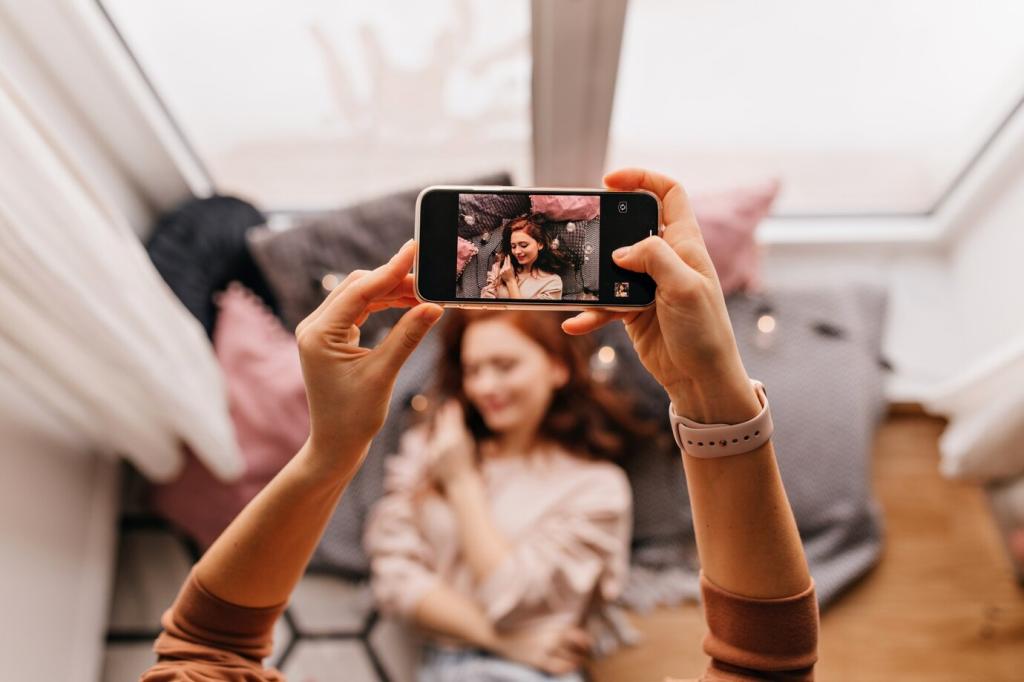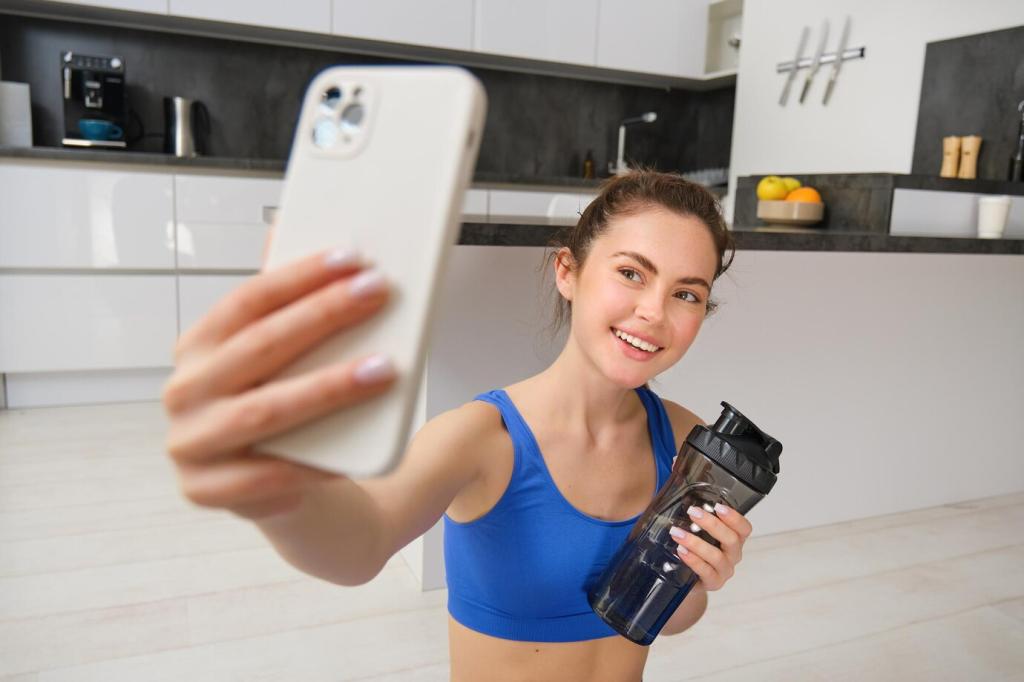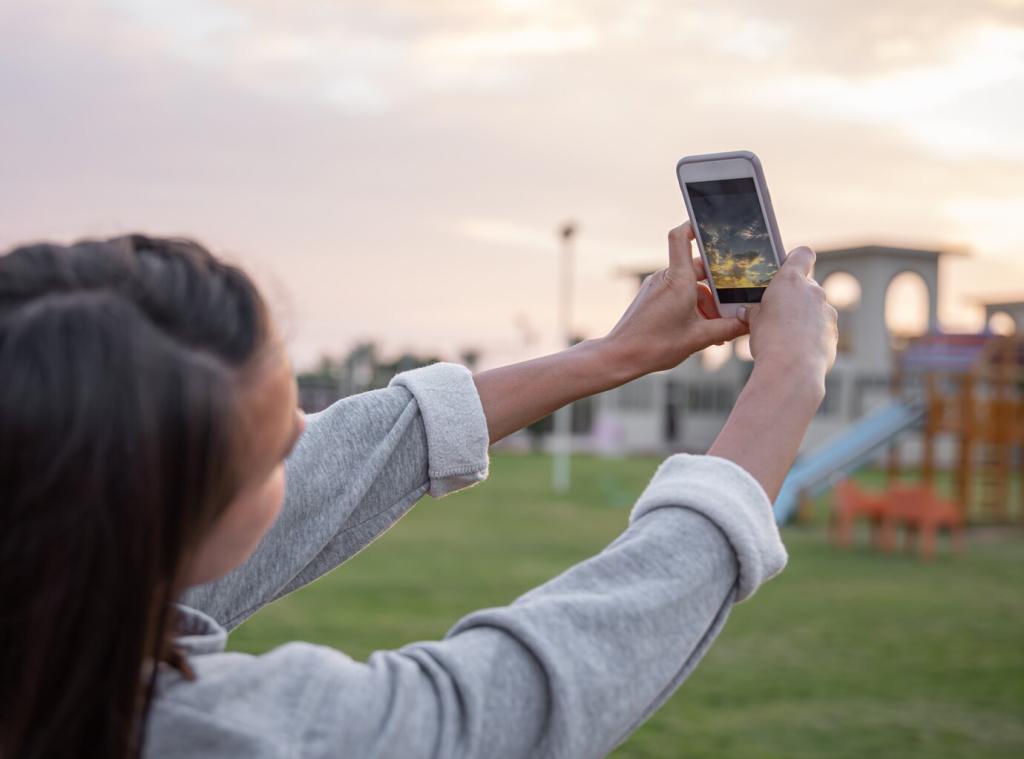Interfaces That Work on Set
Histograms show overall distribution, but waveforms reveal exposure by image position, making skin tones and sky levels easier to judge. On fast shoots, a waveform helps protect highlights while keeping faces in a safe range. Do you rely on scopes while moving quickly? Share your favorite on-screen scope setup.
Interfaces That Work on Set
Peaking outlines areas of sharpness, but punch-in magnification confirms critical focus on eyes, patterns, and product edges. Combined, they reduce missed shots, especially at wider apertures. Practice rack focusing with both enabled. What peaking color and intensity work best for you? Drop your practical tips for others.






